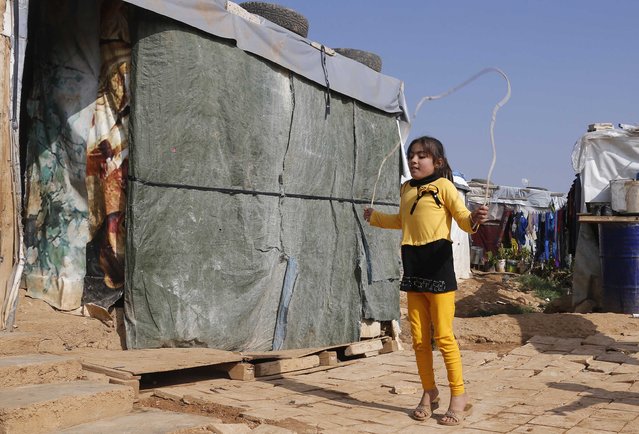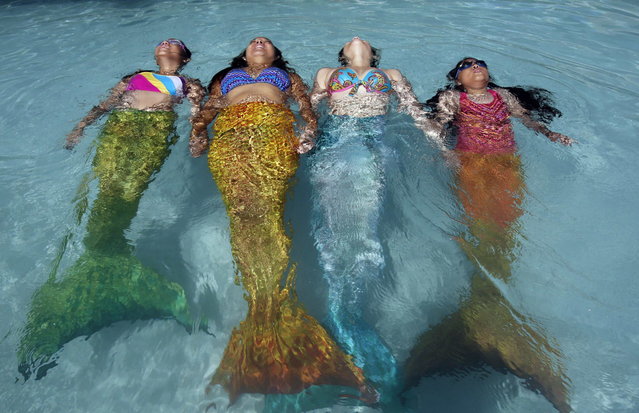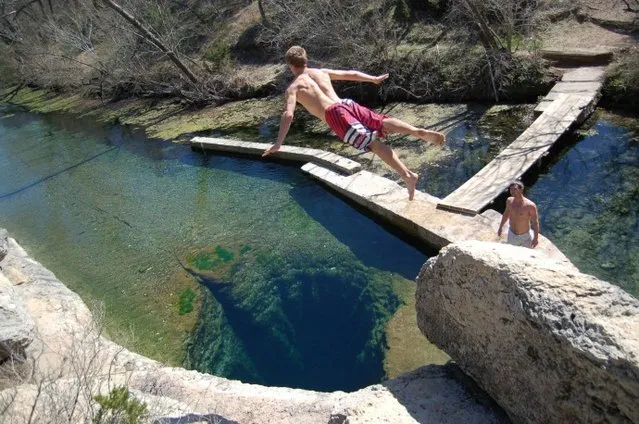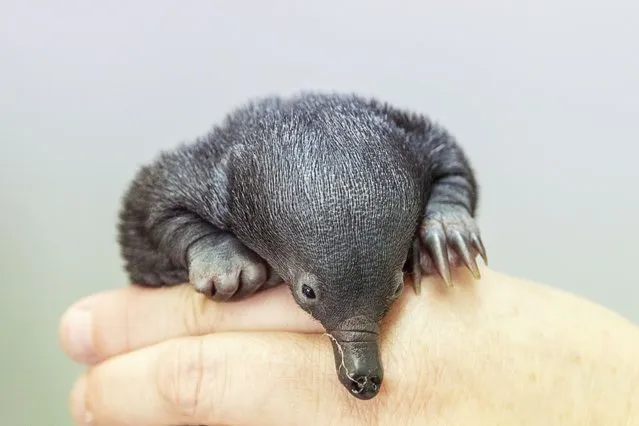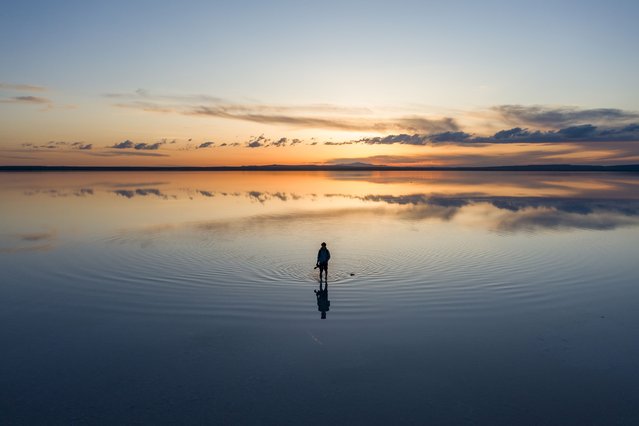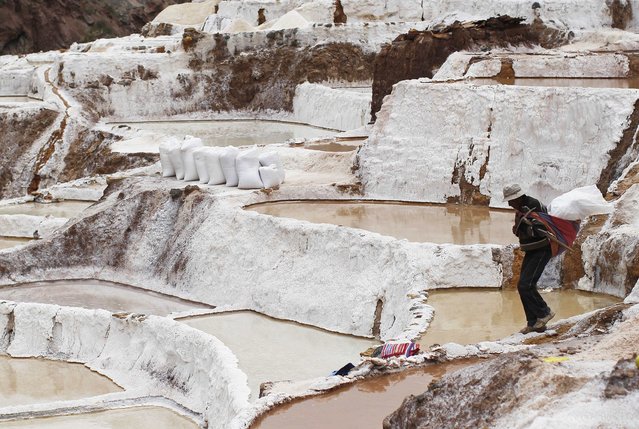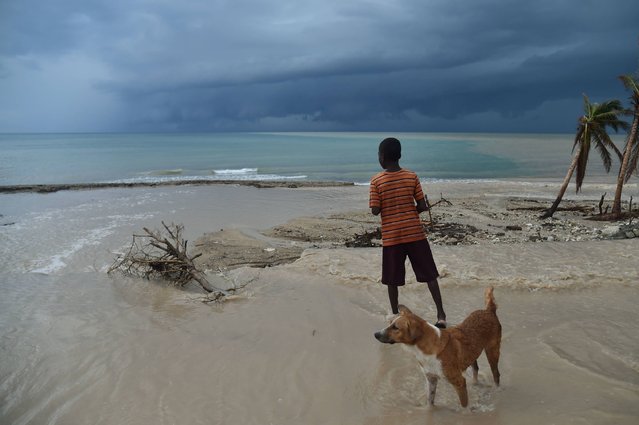
A child watching the sea while residents try to clear the bed of a river that has been blocked by debris left by Hurricane Matthew, in the commune of Roche-a-Bateaux, in the south west of Haiti, on October 21, 2016. At least 546 people were killed and more than 175,000 people lost their homes when Hurricane Matthew roared ashore on October 4, packing winds of 145 miles (230 kilometers) per hour. (Photo by Hector Retamal/AFP Photo)
27 Oct 2016 11:45:00,post received
0 comments

